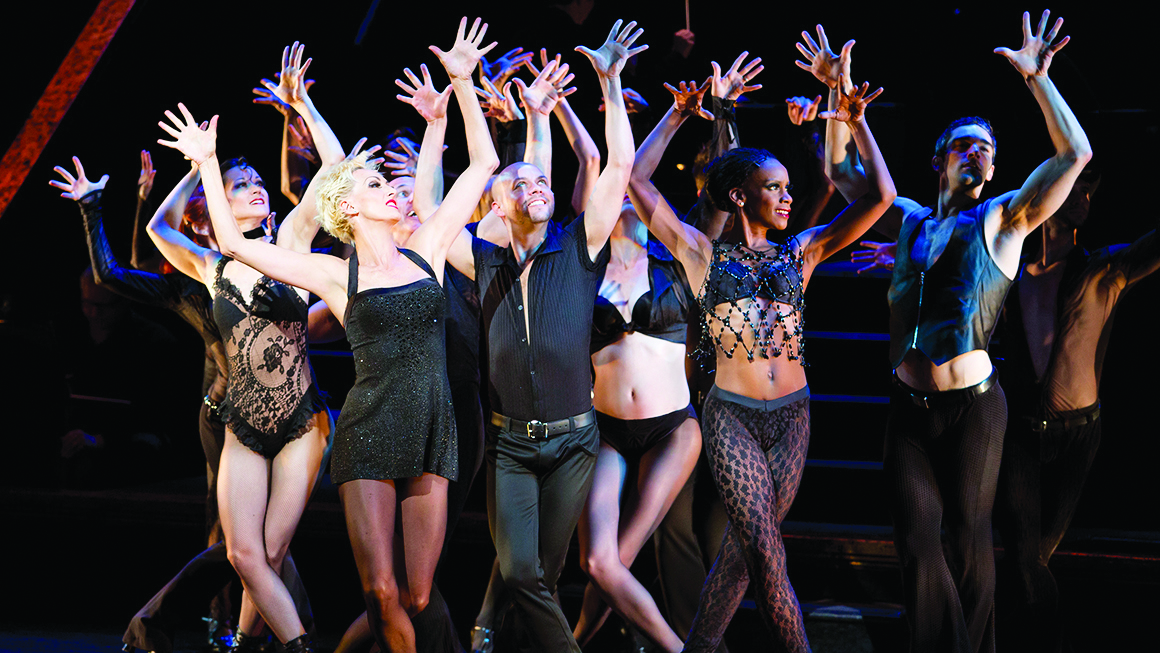“Chicago,” the long-running Broadway hit originally directed and choreographed by Bob Fosse, boasts a talented cast and classic story, but falls flat where it strays from its origins.
From the first number, the choreography was lackluster. It was slow, uncertain and generally unexciting despite the high action usually portrayed in “All That Jazz.” Additionally, the costumes were ugly at best, downright confusing at worst and most certainly inappropriate for a show set in the 1920s. Everyone wore mesh and no one wore anything more than what was absolutely necessary to avoid public indecency charges.
Furthermore, the only character to get a costume change was Roxie, leaving the ensemble members to switch between characters without any differentiation or real explanation. Billy Flynn, portrayed by Brian O’Brien, appeared in a full suit, providing an odd contrast to the scantily-clad players he interacted with throughout the show.
O’Brien was one of the few characters who seemed to be in the right place at the right time throughout the show, despite his discrepancy in appearance compared to the rest of the cast. Perhaps this effect came as a result of O’Brien’s charismatic portrayal of a charming, albeit sleazy character, but O’Brien owned the part and made Billy Flynn the most likable character in the show.
At this performance, Bianca Marroquin played the role of Roxie Hart. The Mexican star made her Broadway debut in 2002 with this role, and has also performed in “In the Heights” and “The Pajama Game” on Broadway. Marroquin proved herself comfortable and capable in the role. Her unique voice and bubbly interpretation of the character made her enjoyable to watch as she commanded the stage in each scene. Her interactions with Amos, played by Raymond Bokhour, flowed well and established a natural relationship between the two.
While the first act of “Chicago” carried the majority of the musical’s hits, the second act moved much quicker and provided a higher level of excitement as Roxie and Velma both awaited and faced their trial dates. “Razzle Dazzle” was one of the better-choreographed numbers, featuring Billy Flynn and company as they prepared Roxie for her day in court. “Hot Honey Rag,” which maintained the original Fosse choreography, also shone as the finale. [ET1]
The extremely simplistic set allowed the band to sit onstage and truly be a part of the show. The conductor, Leslie Stifelman, interacted with the actors by regularly being included in conversations, passing props and reacting to the action around her.
Despite its serious flaws in costuming and generally drab choreography, the cast worked well together and performed a good show. “Chicago,” at least in its current adaptation, is not one for the Broadway purists. To most enjoy it, one should go into it with no knowledge of the show, or at least with a very open mind.
Where the show stayed true to its roots, it flourished, but where it diverged, it sunk. Regardless, “Chicago” is now in its 20th year on Broadway. It has been through many adaptations, and it will go through many more – for better or for worse.







